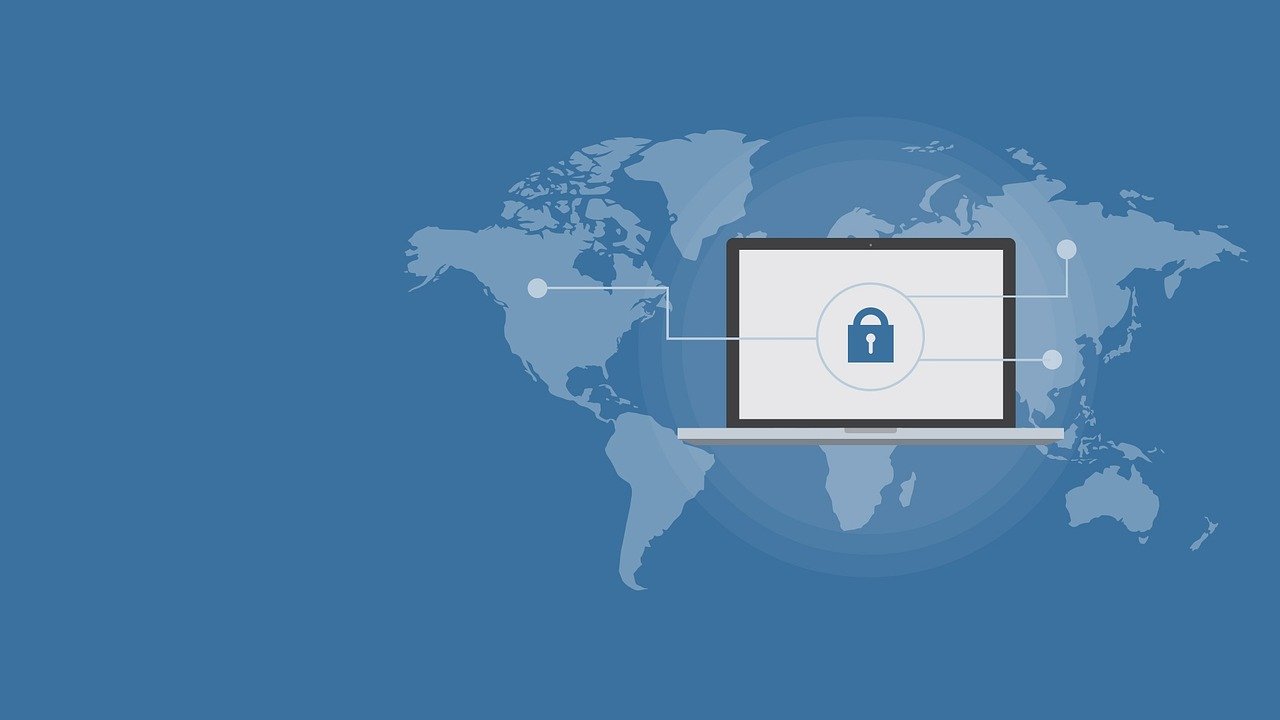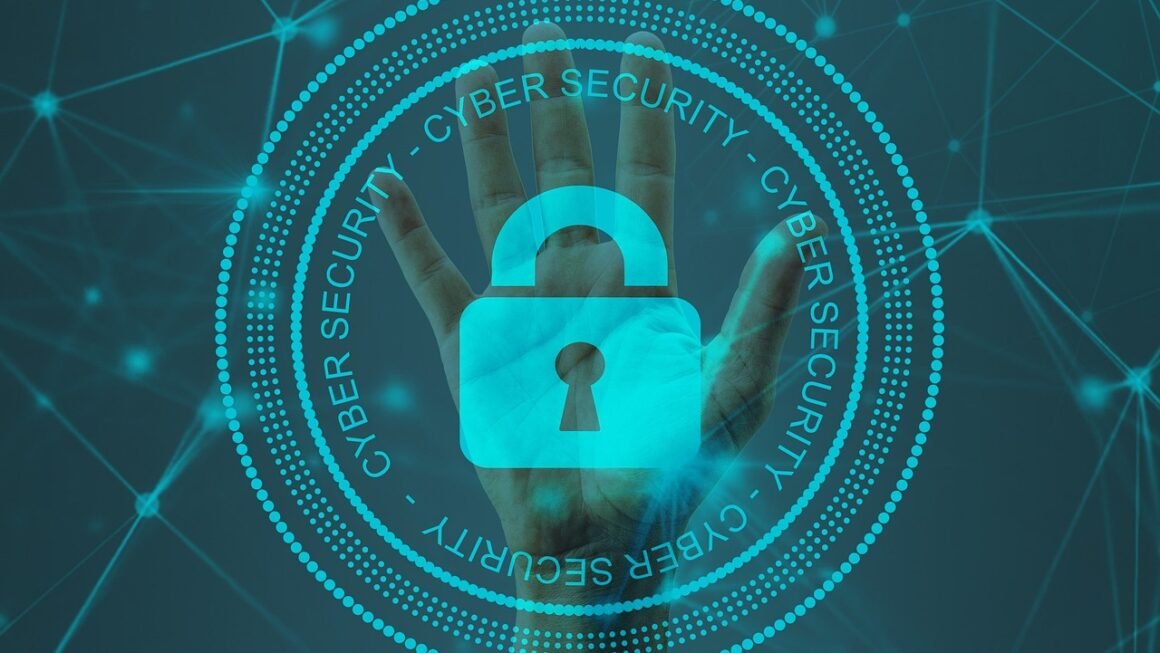In today’s interconnected world, cyber threats loom large, posing significant risks to individuals, businesses, and even governments. Understanding the nature of these threats, implementing robust security measures, and staying informed about the latest attack vectors are crucial for protecting your digital assets. This blog post will delve into the complex landscape of cyber threats, providing practical insights and actionable strategies to enhance your cybersecurity posture.
Understanding Cyber Threats
Cyber threats are malicious activities aimed at disrupting, damaging, or gaining unauthorized access to computer systems, networks, and digital data. These threats are constantly evolving, becoming more sophisticated and difficult to detect. Recognizing the different types of cyber threats is the first step in building a strong defense.
Common Types of Cyber Threats
- Malware: Malicious software, including viruses, worms, Trojans, and ransomware, designed to infiltrate systems, steal data, or cause damage.
Example: Ransomware encrypts a victim’s files, demanding a ransom payment for the decryption key.
- Phishing: Deceptive emails, messages, or websites designed to trick individuals into revealing sensitive information like passwords, credit card details, or personal data.
Example: A fake email from a bank asking users to verify their account details by clicking a link and entering their credentials.
- Denial-of-Service (DoS) & Distributed Denial-of-Service (DDoS) Attacks: Overwhelming a system or network with traffic, rendering it unavailable to legitimate users.
Example: A DDoS attack floods a website with millions of requests from compromised computers, causing it to crash.
- Man-in-the-Middle (MitM) Attacks: Intercepting communication between two parties to eavesdrop or steal information.
Example: Intercepting data transmitted over an unsecured Wi-Fi network, capturing login credentials.
- SQL Injection: Exploiting vulnerabilities in database-driven applications to gain unauthorized access to the database.
Example: Injecting malicious SQL code into a website’s search bar to bypass authentication and retrieve sensitive data.
- Zero-Day Exploits: Attacks that exploit previously unknown vulnerabilities in software before a patch is available.
Example: Hackers using a newly discovered flaw in a popular web browser to install malware on users’ computers.
The Growing Threat Landscape
The frequency and sophistication of cyber attacks are on the rise. According to recent statistics, cybercrime is estimated to cost the global economy trillions of dollars annually. Factors contributing to this growth include:
- The increasing reliance on technology and the internet.
- The proliferation of connected devices (IoT).
- The sophistication of cybercriminals and their tools.
- The lack of awareness and cybersecurity preparedness among individuals and organizations.
- Actionable Takeaway: Identify the most common types of cyber threats relevant to your organization and educate your employees about them.
Protecting Your Organization
Implementing a robust cybersecurity strategy is crucial for protecting your organization from cyber threats. This involves a multi-layered approach that includes preventative measures, detection mechanisms, and incident response plans.
Building a Strong Cybersecurity Posture
- Regular Security Audits: Conduct periodic security audits to identify vulnerabilities and weaknesses in your systems and networks.
- Firewall Protection: Implement firewalls to control network traffic and prevent unauthorized access.
- Intrusion Detection and Prevention Systems (IDS/IPS): Deploy IDS/IPS solutions to monitor network traffic for suspicious activity and automatically block malicious traffic.
- Antivirus and Anti-Malware Software: Install and maintain up-to-date antivirus and anti-malware software on all devices.
- Data Encryption: Encrypt sensitive data both in transit and at rest to protect it from unauthorized access.
- Access Control: Implement strict access control policies to limit access to sensitive data and systems based on the principle of least privilege.
- Patch Management: Regularly patch software vulnerabilities to prevent exploitation by cybercriminals.
- Employee Training: Provide regular cybersecurity training to employees to raise awareness about cyber threats and best practices.
Practical Security Measures
- Strong Passwords: Enforce the use of strong, unique passwords and multi-factor authentication (MFA) for all accounts.
- Secure Wi-Fi Networks: Use strong passwords and encryption for your Wi-Fi networks.
- Software Updates: Keep your operating systems, applications, and firmware up to date.
- Email Security: Be cautious of suspicious emails and avoid clicking on links or opening attachments from unknown senders.
- Data Backup and Recovery: Regularly back up your data and have a recovery plan in place in case of a cyber attack or data loss.
- Actionable Takeaway: Conduct a security audit to identify vulnerabilities and implement a multi-layered security approach.
Cyber Threats to Individuals
Cyber threats aren’t just a concern for large organizations; individuals are also prime targets. Protecting your personal information and online accounts is essential in today’s digital age.
Safeguarding Your Personal Information
- Phishing Awareness: Be wary of phishing emails and messages. Never click on links or provide personal information unless you are absolutely sure of the sender’s legitimacy.
- Social Media Security: Review your social media privacy settings and limit the information you share publicly.
- Password Management: Use a password manager to generate and store strong, unique passwords for all your accounts.
- Two-Factor Authentication (2FA): Enable 2FA on all your important accounts to add an extra layer of security.
- Secure Browsing: Use a secure web browser and install reputable security extensions to protect yourself from malicious websites.
Examples of Cyber Threats Targeting Individuals
- Identity Theft: Stealing and using someone’s personal information for fraudulent purposes, such as opening credit cards or filing taxes.
- Online Scams: Deceptive schemes designed to trick individuals out of their money or personal information.
Example: Romance scams, lottery scams, or investment scams.
- Malware Infections: Downloading malicious software from untrusted sources or clicking on infected links.
- Account Hacking: Gaining unauthorized access to someone’s online accounts, such as email, social media, or banking accounts.
- Actionable Takeaway: Enable 2FA wherever possible and be vigilant against phishing attempts.
The Future of Cyber Threats
The cyber threat landscape is constantly evolving, with new threats emerging and existing threats becoming more sophisticated. Staying ahead of the curve requires continuous learning, adaptation, and proactive security measures.
Emerging Trends in Cyber Threats
- AI-Powered Attacks: Cybercriminals are increasingly using artificial intelligence (AI) to automate and enhance their attacks.
- IoT Vulnerabilities: The growing number of Internet of Things (IoT) devices presents new attack surfaces for cybercriminals.
- Cloud Security Risks: Cloud computing introduces new security challenges, such as data breaches and misconfigured cloud environments.
- Supply Chain Attacks: Targeting organizations through their supply chain partners is becoming increasingly common.
- Ransomware-as-a-Service (RaaS): RaaS platforms make it easier for even novice cybercriminals to launch ransomware attacks.
Staying Ahead of the Curve
- Continuous Monitoring: Implement continuous security monitoring to detect and respond to threats in real-time.
- Threat Intelligence: Subscribe to threat intelligence feeds to stay informed about the latest cyber threats and vulnerabilities.
- Security Automation: Automate security tasks to improve efficiency and reduce the risk of human error.
- Incident Response Planning: Develop and regularly test your incident response plan to ensure you can effectively respond to cyber attacks.
- Collaboration: Share threat information and best practices with other organizations and security professionals.
- Actionable Takeaway: Stay informed about emerging cyber threats and adapt your security measures accordingly.
Incident Response and Recovery
Despite your best efforts, a cyber attack may still occur. Having a well-defined incident response plan is crucial for minimizing the damage and restoring your systems to normal operation.
Developing an Incident Response Plan
- Identification: Quickly identify and assess the scope and impact of the incident.
- Containment: Isolate the affected systems to prevent the spread of the attack.
- Eradication: Remove the malware or other malicious code from the affected systems.
- Recovery: Restore the affected systems to normal operation.
- Lessons Learned: Conduct a post-incident review to identify the root cause of the attack and improve your security measures.
Key Components of an Incident Response Plan
- Roles and Responsibilities: Clearly define the roles and responsibilities of each member of the incident response team.
- Communication Plan: Establish a communication plan to keep stakeholders informed throughout the incident response process.
- Technical Procedures: Document the technical procedures for identifying, containing, eradicating, and recovering from cyber attacks.
- Legal and Regulatory Compliance: Ensure that your incident response plan complies with all applicable legal and regulatory requirements.
- Testing and Training: Regularly test your incident response plan and provide training to your incident response team.
- Actionable Takeaway: Develop and regularly test your incident response plan.
Conclusion
Cyber threats are a constant and evolving challenge in the digital age. By understanding the nature of these threats, implementing robust security measures, and staying informed about the latest attack vectors, individuals and organizations can significantly reduce their risk of becoming victims of cybercrime. Proactive security measures, continuous monitoring, and a well-defined incident response plan are essential for navigating the complex landscape of cyber threats and protecting your digital assets. Remember, cybersecurity is an ongoing process, not a one-time fix. Stay vigilant, stay informed, and stay secure.



